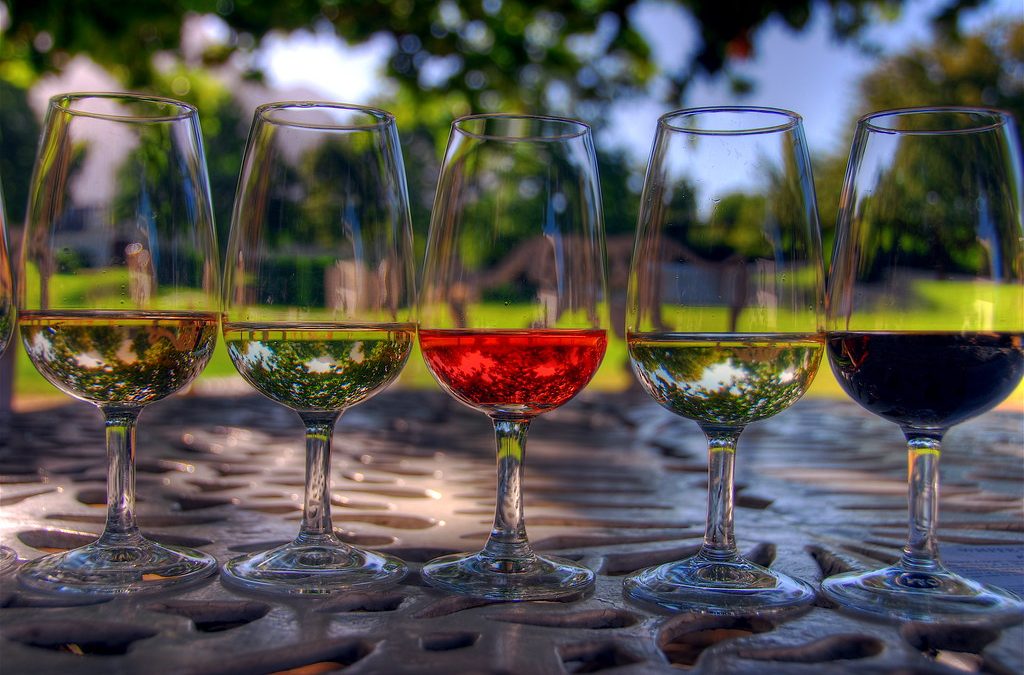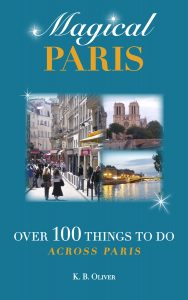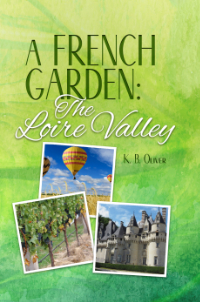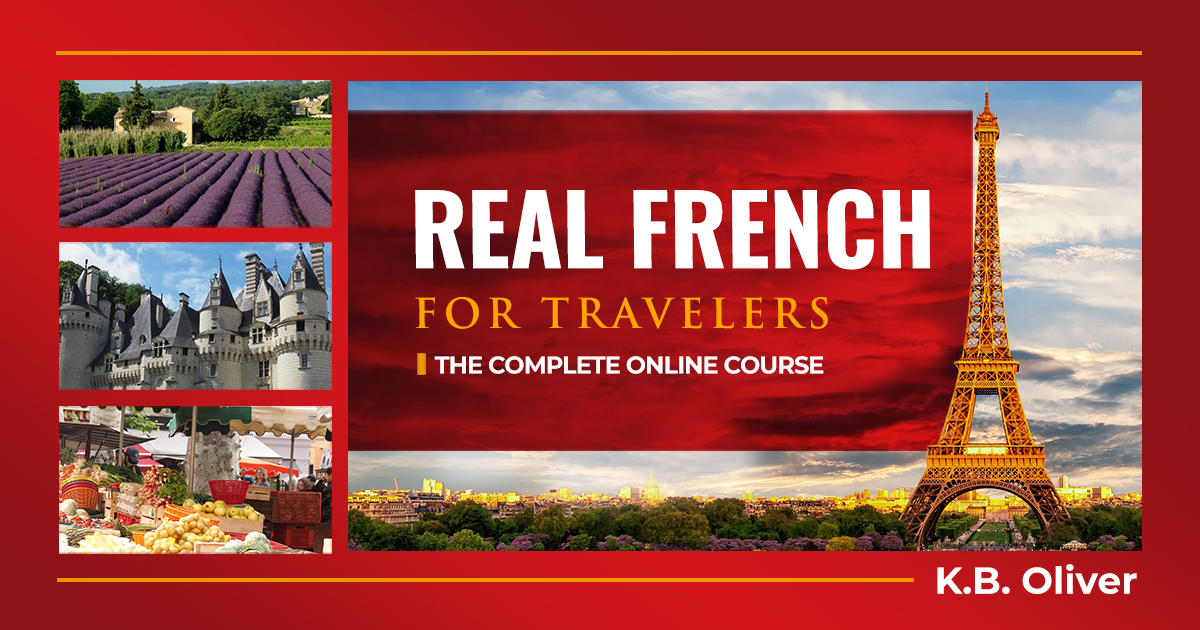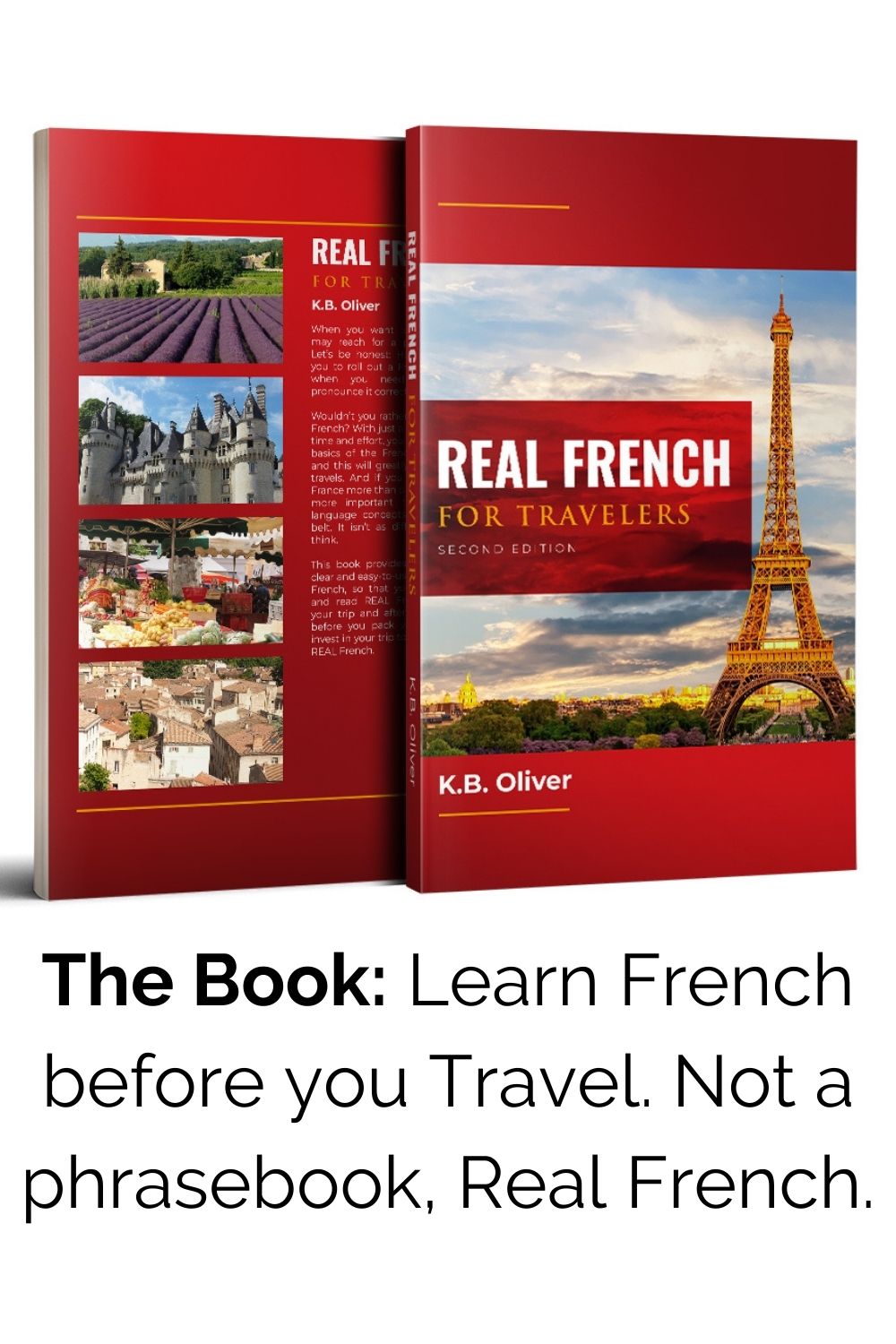10 French Beverage (Spiked) Specialties
Along with fantastic food, France is known for liquid specialties in each corner of the country. France has quite a heritage for alcoholic beverages! Several regions are famous for different wines, and the characteristics of these are influenced by the terrain, location, and weather. More French beverage choices follow!
Here’s an introduction to some of the best-known spiked French beverages by region. Some may surprise you! We’ll take a drinkable tour through France, clockwise beginning in Normandy.
Normandy
Normandy isn’t known for wine production. But it is the apple capital of France, so as you might expect, its prized alcoholic beverages come from apples. The best-known of these is Calvados, or apple brandy. Calvados is aged between one and three years in a two-step process, making it somewhat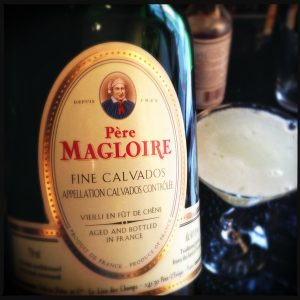 expensive. The alcohol content is about 40%, so it’s not a dinner drink, but a digestif meant to be sipped after a nice meal.
expensive. The alcohol content is about 40%, so it’s not a dinner drink, but a digestif meant to be sipped after a nice meal.
Along with Calvados, other apple-sourced beverages in Normandy include Pommeau and cidre. Pommeau is less strong, only 18% alcohol. Cidre is common in both Normandy and Brittany and is traditionally served with crêpes. It has the smallest alcohol content, only 5%. For more information, see my post, The Apple Culture of Normandy.
Benedictine is an herbal liqueur produced from the 19th century and now exported around the world. You can visit the Palais de la Benedictine Distillery, an opulent palace in the town of Fécamp on the Normandy coast. There you can take a tour and taste the famous beverage.
Alsace
This region near Germany has its own wine culture. Take the wine route as you explore colorful fairytale towns along the Rhine River. Most of Alsatian wines are white. Alsace has its distinct wine culture. They are less famous than their famous cousins in Bordeaux and Bourgogne, but they’re worth discovering. For more information on Alsatian wines, 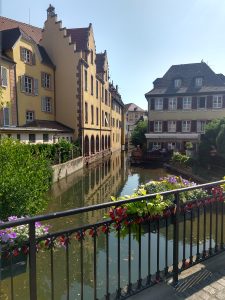 see my post, An Alsace Road Trip. Wine notes are near the bottom of the post.
see my post, An Alsace Road Trip. Wine notes are near the bottom of the post.
Bourgogne
This area is called Burgundy in English, and has its own distinctive wines. They are characterized by dry reds from the Pinot Noir grape and Chardonnay whites. The red wines lend themselves well to cooking! Read about Burgundy wine trails to discover and taste.
Isère (near Grenoble)
Chartreuse is a liqueur made from 130 herbs and botanicals in the Isère region in the town of Voiron (near Grenoble in southeastern France.) It comes in green (from chlorophyll) and yellow (from saffron), depending on the plants used in their fabrication. The yellow chartreuse is slightly sweeter. They are distilled in copper pots then aged in oak. Both varieties come from a secret recipe passed down from Carthusian monks in the 18th century. The original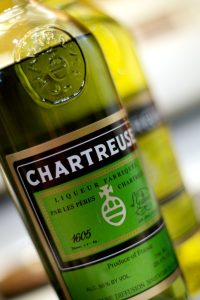 recipe is from 1605. The flavor is herby but sweet. It should be served cold and can be used in cocktails.
recipe is from 1605. The flavor is herby but sweet. It should be served cold and can be used in cocktails.
Green Chartreuse has an alcohol content of 55% whereas the yellow is less strong at 40%. Still!
French Alps
Believe it or not, the same terrain that creates wonderful ski slopes is also great for vineyard cultivation. The French Alps, particularly the department of Savoie, has wonderful wines. They’re less known outside France because, for a while, not many were imported. That has changed and you can find them outside France and online. Some names to remember are Bergeron and Apremont.
Provence
Pastis is a beverage enjoyed all over France, but most people associate it with Provence. Marseille in particular. The defining flavor is anise (think black licorice). In the early 20th century, Pastis became popular due to its anise flavor, made with star anise and licorice root. It’s quite strong and should be diluted 5 parts water to 1 part pastis.
Along with Pastis, Provence has its own highly developed wine culture, having been made there for over 2500 years! Côtes de Provence, Bandol, Clairette, and others. These are mostly dry rosés, though there are also reds and whites among them.
Bordeaux
No one needs to be told about the vast variety and impressive reputation of Bordeaux wines throughout the world. These are some of the most coveted and expensive wines in the world, along with many that are quite affordable. Bordeaux has a wine tourist culture waiting just for you (as do Alsace, Burgundy, Normandy, and the French Alps.) See my post: Bordeaux: More than Wine for more information.
Loire Valley
Much can be said about the Loire Valley wines. Along with Bordeaux and Burgundy, a major wine-growing region. Think wine and castles! Here’s a post with more info. Along with wine, you’ll find Cointreau, an orange-flavored liqueur produced only in Angers, western Loire Valley.
Cognac, Armagnac
These spirits are distinctly French, made in the towns that bear their names. Both are French brandies. There are about 200 producers in and around the town of Cognac, close to the central west coast of France. (See a blog post on Cognac (town and drink) for more info.) Armagnac is made in southwest France from distilled wine. The production method of this brandy is different from Cognac, and has a smaller production and distribution too.
Brittany
Like Normandy, cidre is made from apples in Brittany too. Crepes come from Brittany, so of course they have cidre!
Enjoy the specialties (and drink responsibly!) A votre sante!
Related Posts
French Cheese: A Brief Cheese-Lover’s Guide
7 French Specialties You’ve Never Heard Of

